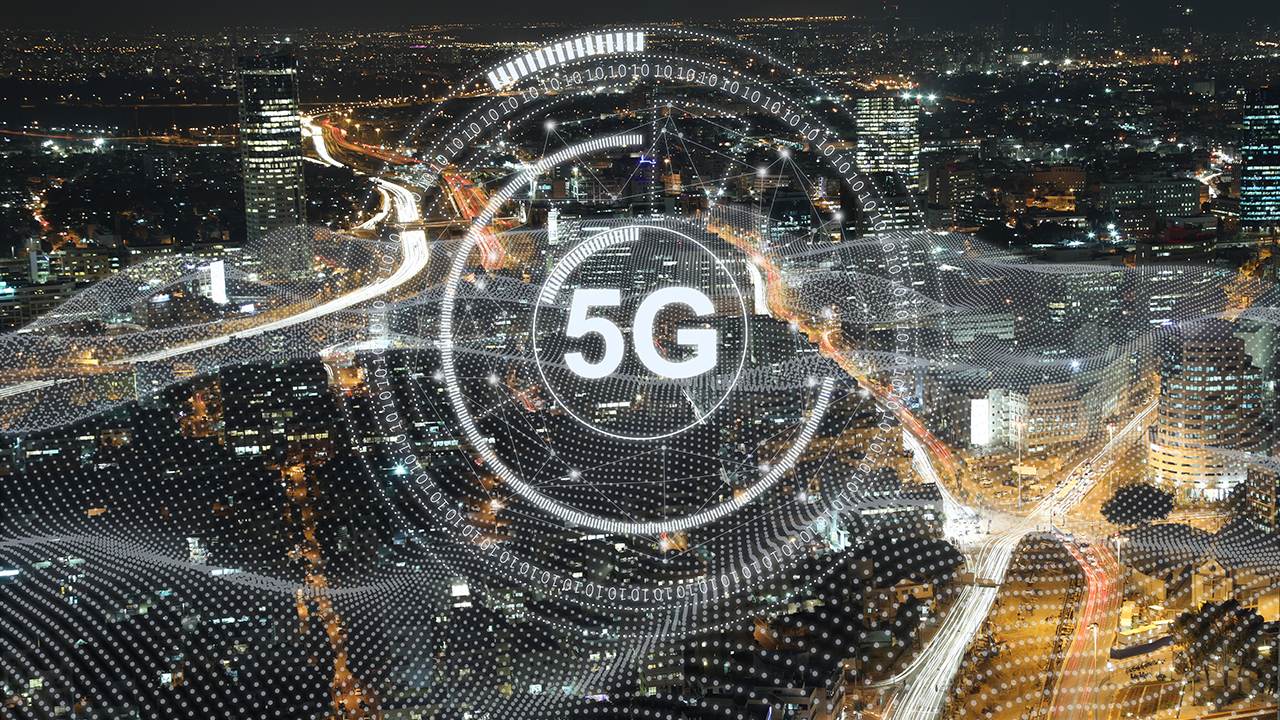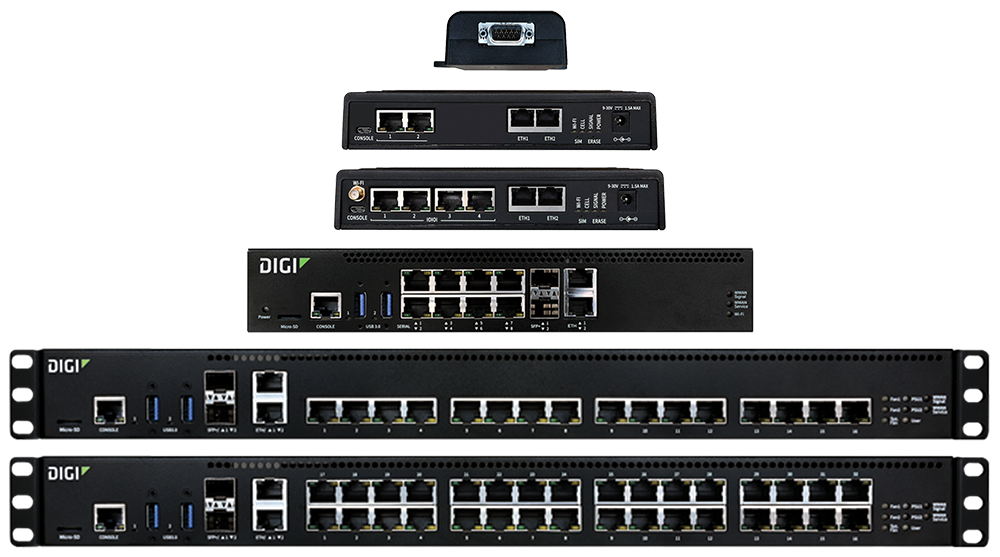In the U.S., the utility infrastructure (energy grid) forms the foundation of the nation’s energy infrastructure. The grid moves power plant-generated electricity through substations, power lines and distribution transformers. This system contains over 7,300 power plants and millions of low-voltage power lines. It is also aging.
Given our complete reliance on these systems, critical infrastructure such as utilities and banking/financial institutions, medical facilities, roads and bridges, and transportation systems must be maintained and regularly upgraded to prevent failures and risk to the public.
How can an aging infrastructure combat threats such as more demand, cyber threats and severe weather? Without modernization, the energy infrastructure remains vulnerable to potentially catastrophic failure. In this blog article, we share modernization strategies for legacy utility infrastructure with serial connectivity.
What Is Utility Infrastructure Modernization?
Modern infrastructure and utilities can connect to many energy sources, including renewables, which reduces emissions while also reducing disruptions from weather and natural disasters. To do this, modernized utility grids rely on cutting-edge IoT technologies. These technologies include advanced communications equipment and software to manage and track infrastructure.
How Are Utilities Modernizing?
Utilities have to maximize the lifespan of their built infrastructure. Because of the expense of updating it, any infrastructure built must last around 40 years. The U.S. government's investments in power infrastructure mean many utilities have to find ways to modernize the management of their existing infrastructure.
What Is Energy Modernization?
A modern energy utility system incorporates several initiatives. First, it embraces IoT, smart meters and modern communications infrastructure. Modern energy utilities also embrace new forms of electricity generation such as renewables. Finally, modern energy utilities design new ways of distributing energy through updated infrastructure.
Get Our Solution Brief
Learn about automation in utilities
Download PDF
Are Utilities Exposed to Cyberattacks?
Part of modernizing utility infrastructure must include combatting cyberattacks. Could a cyberattack shut down the power grid? Power and water utilities are the most at risk for cyberattacks because many don’t have adequate cyber risk mitigation practices. Due to increased cyber risk, large investor-owned utilities have increased security investments. These investments range from $100 to $400 million — very big financial commitments to protect the utility infrastructure.
What Modernization Efforts Protect Infrastructure from Cyberattacks?
Security protocols and IoT provide utilities with several modern security options. Some of the strategies include:
- Private cellular networks — Many utilities invest in private cellular networks for better data speeds, flexibility, signal prioritization and of course extra security
- Use existing IT networking technology — Utilities incorporate the IT technologies and operational networks that they already use to run their businesses
- Application-specific data flow controls — Digi equipment can programmatically create “data diodes” to prevent data flow to equipment when it is not needed or allow the data to flow in only one direction
- NERC Critical Infrastructure Protection standards — NERC CIP provides a common standard for diligence for technical and procedural security across the North American bulk electric system
Learn more about private cellular networks
How Can We Modernize the Electrical Grid?
It isn't financially practical to upgrade all the equipment in utility infrastructure. But enabling technologies can help by bridging new equipment and legacy devices. These technologies include IoT, and communications devices integrated with monitoring and management software.
Ways to modernize the utility infrastructure without replacing every piece of equipment include:
- Communicating with legacy technology using modern connectivity equipment — Expand network connectivity to legacy serial devices with modern devices that can centralize management of a wide range of critical serial applications
- Incorporating cellular networks to manage assets — Manage and track typical distribution assets such as cap banks, reclosers substations as well as metering, power quality management and demand response and load shedding
- Deploy private cellular networks — Start replacing traditional Advanced Metering Infrastructure (AMI) communication systems to better understand energy usage in real-time
How Can Utilities Connect Renewable Energy Sources Safely to the Grid?

Connecting renewable energy sources safely to the existing utility infrastructure is a big challenge for power generation, transmission, and distribution utilities. There are many different laws in development, and they are changing frequently. Consider these strategies when connecting renewable energy sources to the grid:
- Select a reliable solution partner — A trusted industry partner can provide communications equipment that not only meets all legal requirements but also maintains the highest levels of security and reliability for mission-critical infrastructure.
- Incorporate technologies that work with international standards —There’s a new international communication standard called GreenPHY. GreenPHY connects and provides advanced communication between a vehicle and the charging infrastructure.
- Invest in reliable network connectivity — Solar power integration in the commercial, industrial, and consumer spaces is changing fast. Utilities need updated technology for monitoring power transfer, management processes and SCADA systems. Reliable network connectivity allows utilities to connect to the broader ecosystem via wired connections and general RF products.
How Can Electric Utilities Integrate IoT Technologies With Legacy Infrastructure?

There’s a ton of equipment in the field. Some of the infrastructure has network connectivity, but much of it still relies on serial ports. Think baseload and classic peaking plants, intermediate substations and distribution line monitoring equipment.
Yet, this infrastructure proves difficult to update because it is mission-critical and requires lots of testing and validation. Taking this equipment offline for maintenance is risky and time-consuming.
This is where Digi gateway and connectivity solutions can help. Our equipment delegates the communication function, making it easier to maintain and manage. And Digi provides a centralized management function that allows for seamless updates on thousands of units in the field, without impacting utility infrastructure operations.
Connectivity across all critical assets means increased reliability, real-time access to information, increased management flexibility, improved security through private networks, and even a seamless transition to 5G, when necessary.
Want to learn more about asset tracking? See our case study.
How Important Is 5G to Modernizing Utility Infrastructure?
5G provides high bandwidth and low latency for video and autonomous vehicle communications. But 5G also provides features that utilities need more such as the ability to segment data based on priorities.

Current 5G deployments serve high-population areas. In the next few years, radio chipsets will offer cost-effective connectivity for a lot of critical infrastructure. They’ll use lower frequencies for better penetration and range. They'll enable segmenting of different kinds of communications from each other. The integration of time-sensitive networking with cellular is something that's going to become more viable as we move towards 5G segmentations.
Digi’s CORE® plug-in LTE modem enables flexible deployment of various technology standards that make the most sense. For utilities with infrastructure designed to operate for up to 20 years once deployed, plug-in modems can provide the latest cell technology without making big changes to communications networks. This technology also allows for switching between public and CBRS private cellular networks.
Digi Solutions Provide End-to-End Connectivity Solutions for Modernizing Utility Infrastructure
Ready to modernize your utility infrastructure? Partner with an expert to design the connectivity you need across a wide variety of complex infrastructures, now and for the future.
That's how Digi helps. For over 35 years, Digi has been designing and implementing mission-critical connectivity solutions for some of the world’s leading brands. Our expertise with scalable infrastructure management connectivity solutions, integrating mission critical remote communications over a wide variety of cellular and wireline networks help utilities successfully modernize their generation, transmission and distribution, and smart metering infrastructure.

Digi purpose-builds its connectivity products to ensure flawless operation during decades-long deployments. Integration with a management system means operators can remotely manage and check connectivity across all critical legacy and new infrastructure equipment. Digi solutions help address NERC CIP requirements for security and best practices by keeping communication paths secure and segregated. We design our systems to incorporate edge intelligence for monitoring and alerting. Ultimately, our end-to-end solutions integrate different generations of equipment and connect them all seamlessly to the operating authority.
Ready to explore seamless serial connectivity solutions? Browse our serial connectivity solutions page.
Take the Next Step